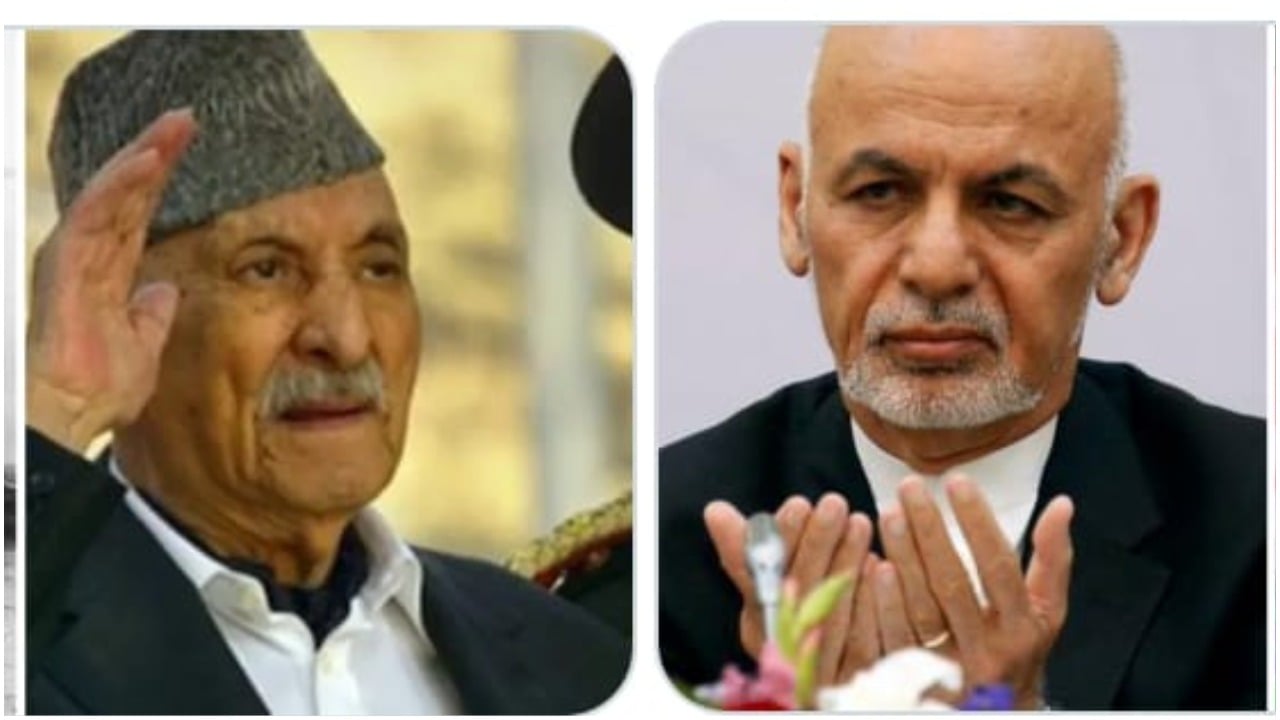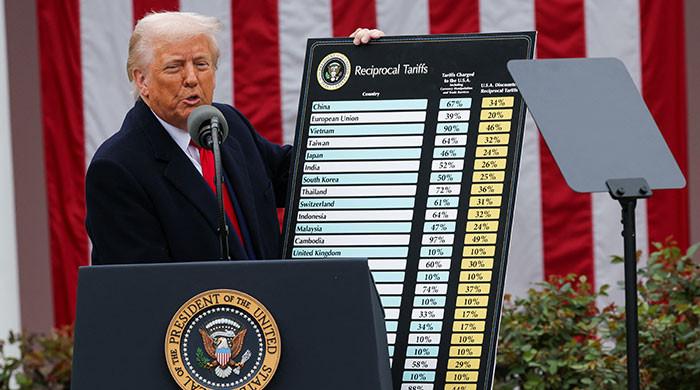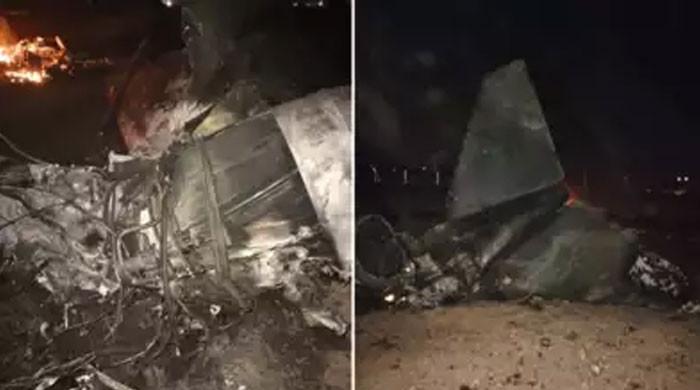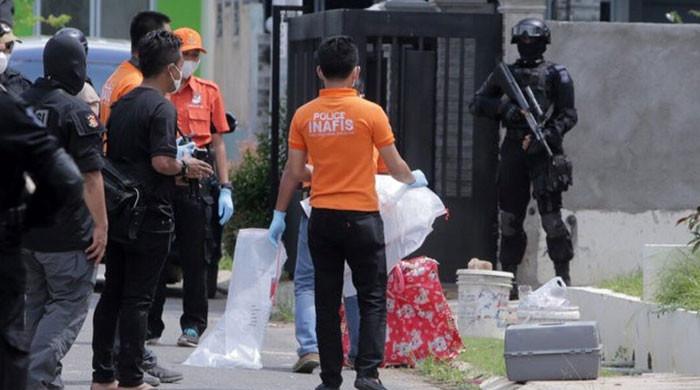Regimes of 10 Afghan rulers: How and when their rule ended
BBC journalist shares a list of Afghan rulers on Twitter, all the way from King Zahir Shah to Ashraf Ghani
August 17, 2021

Afghan politics has seen its fair share of ups and downs, with the latest shift in power ending in the ouster of president Ashraf Ghani — and the Taliban taking control of the control after quick strikes.
Given the turmoil, BBC journalist Farhat Javed Rabani on Monday took to Twitter and shared details of 10 Afghan rulers who ruled the country.
King Zahir Shah
The monarch, Zahir Shah, was the longest-serving ruler in the entire history of Afghanistan. He was over overthrown by his cousin during his visit to Rome in 1973.
The Zahir Shah regime is considered the most peaceful eras in Afghan history.
Daud Khan
Khan served as the prime minister of Afghanistan, appointed by Shah, and later as the first Afghan president following a coup in 1953. The Daud Khan regime ended with the assassination of Khan and his family members in 1978 during the Saur Revolution.
Nur Muhammad Taraki
Taraki, one of the three pioneers of the Saur Revolution, replaced Khan as the next president of Afghanistan. Though, his rule continued for only a year till 1979, which marked brutal killings of rural Afghans who opposed the Saur Revolution and the Taraki rule.
Hafizullah Amin
Amin, who was the key organiser of the Saur Revolution, overthrew Taraki in 1979. This president could rule only for three months as he was killed in Operation Storm 333 in 1979 for being suspected to be linked with the CIA.
Babrak Karmal
Amin was succeeded by the third key leader of the Saur and founder of PDPA, Babrak Karmal in 1979, who was known as the Soviet Puppet for being installed by them.
However, the Soviets soon turned against Karmal, suspecting him to be the reason behind Afghan Mujahideen’s rise, and pressured him to resign in 1986.
Najibullah
The Soviets replaced Karmal with a KGB trained KHAD head Najibullah, who was considered a ‘mass murderer’.
Najibullah fell from power in 1992 when the Mujahideen led by Massoud exiled the common government.
Burhanuddin Rabbani
After the Soviet withdrawal, Mujahideen nominated Rabbani as Afghan president for a year in 1992. He remained in power till 1994, when Kabul was hit by the Afghan Civil War. The chaos resulted in the rise of the Taliban for the first time.
Mullah Muhammad Omar
Following the fall of Kabul at the hands of the Taliban in the early 1990s, Omar became the emir of the Islamic Emirate of Afghanistan in 1996. This government was not recognised by the United States nor was it clearly opposed.
Omer died in 2013 and the news of his death was released two years later.
Hamid Karzai
Karzai ruled Kabul from Dec 2001 till Sep 2014 and is still in Kabul today.
Ashraf Ghani
Ghani was the 14th President of Afghanistan from September 2014 to August 2021, when he fled the country into exile following the recent Taliban takeover.
Now Afghanistan is once again under Taliban control. Meanwhile, Ashraf Ghani has already fled Kabul.











